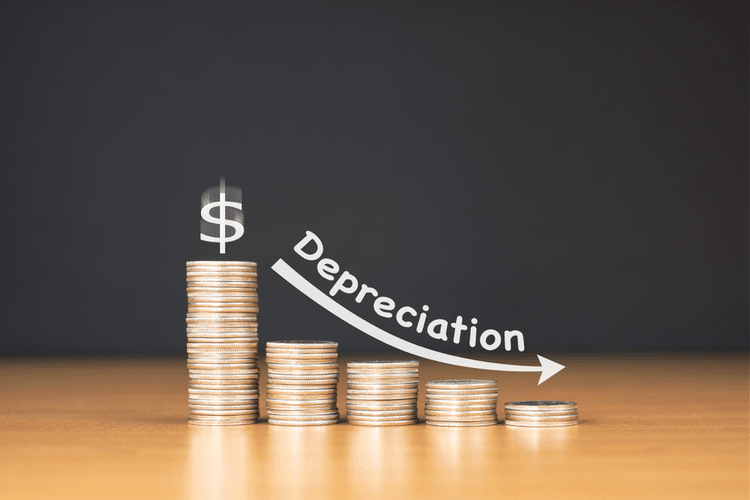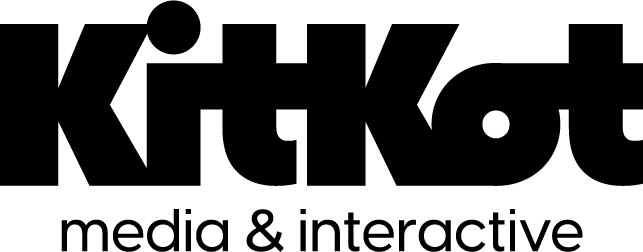They also memorized that liability and owner’s (or stockholders’) equity accounts normally have credit balances that increase with a credit entry and decrease with a debit entry. It was easy to accept that every transaction will affect a minimum of two accounts and that every transaction’s debit amounts must be equal to the credit amounts. Only balance sheet accounts are included in the post-closing trial balance. This is occurring even though the transaction is recorded with an entry to Cash (a permanent asset account) and an entry to Consulting Revenues (a temporary account). Again, you need to understand that the $500 credit entry to Consulting Revenues is causing a $500 increase in a permanent account that is part of owner’s equity or stockholders’ equity. The normal balance in a profitable corporation’s Retained Earnings account is a credit balance.

Retained earnings at closing entry
A post-closing trial balance report does not include other accounts such as tax accounts, interest, and donations. Retained earnings appear to be a credit balance and are an equity account. If a company has a net loss for the accounting period, a company’s retained earnings statement shows a negative balance or deficit. Since the statement of retained earnings is such a short statement, it sometimes appears at the bottom of the income statement after net income. The figure is calculated at the end of each accounting period (monthly, quarterly, or annually). As the formula suggests, retained earnings are dependent on the corresponding figure of the previous term.
- So, in this example, you can see how the Retained Earnings account increases with a credit entry (from net income) and decreases with a debit entry (from dividends).
- Retained earnings are included in the Equity or Owners Equity portion of the balance sheet.
- Thus, the leftover amount that the company was able to generate within the accounting period in view is usually transferred to the retained earnings account.
- When a company consistently experiences net losses, those losses deplete its retained earnings.
- Retained earnings is the cumulative amount of earnings since the corporation was formed minus the cumulative amount of dividends that were declared.
- The dividend payable reduces the balance of retained earnings so it is debited in the financial books.
- ☝️ It is compulsory to allocate 5% of profits each year to the legal reserve, until it reaches 10% of share capital.
Additional Paid-In Capital
Instead, they reallocate a normal balance portion of the RE to common stock and additional paid-in capital accounts. This allocation does not impact the overall size of the company’s balance sheet, but it does decrease the value of stocks per share. Distribution of dividends to shareholders can be in the form of cash or stock.

Normal Debit and Credit Balances for the Accounts

Hence if a company declares $8,950 in dividends to its shareholders on October 28, 2022, the journal entry to record this dividend payment will be as the one below. HP Inc. earned a net profit of 500,000 during the accounting period Jan-Dec 20×1. The company decided to retain the earnings for that year and utilize them for further Bookkeeping for Consultants growth. This is a liability (shareholders’ fund) of the company to pay the earnings back to the shareholders.
- Revenue is the total amount of income generated by the sale of goods or services related to the company’s primary operations.
- However, there are a lot of profitable businesses that might have a low balance in their retained earnings account.
- They are a measure of a company’s financial health, and they can promote stability and growth.
- If a company’s earnings are positive, it means the company has been able to generate profits from the goods and services they offer.
- A company selling merchandise on credit will record these sales in a Sales account and in an Accounts Receivable account.

Chartered accountant Michael Brown is the founder and CEO of Double Entry Bookkeeping. He has worked as an accountant and consultant for more than 25 years and has built financial does retained earnings have a credit balance models for all types of industries. He has been the CFO or controller of both small and medium sized companies and has run small businesses of his own. He has been a manager and an auditor with Deloitte, a big 4 accountancy firm, and holds a degree from Loughborough University.




